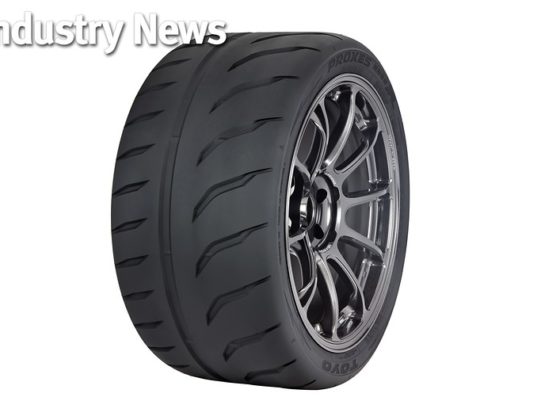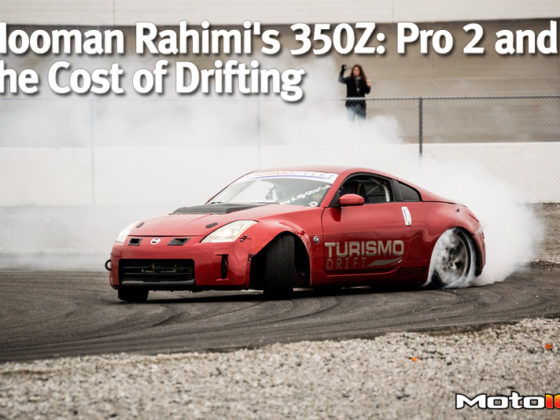,

Moti also built this shield to prevent debris kicked up from the tires from possibly derailing the dry sump belt.

With the Atoms wings fully installed, the left-hand wing support hit the headers megaphone. Moti nicely sectioned and rewelded it to clear the mount.

With the new intake, it was back to Churches to finish the tuning. With the new intake, the engine ran much leaner and fuel had to be added. There was now zero vacuum in the intake manifold.

With the new intake, our engine pumped out an amazing 312 whp and 216 lb/ft of torque! This was a 19 whp and 11 lb/ft improvement over the stock intake. What is amazing is that this is all done with 91 octane pump gas. Church's was also tuning a supercharged K24 powered Atom at the same time and our car made about the same power with of course less torque but naturally aspirated!
With our engine making over 100 more whp that stock, the Atom has been going much faster. In initial outings, the car is 4 seconds a lap faster at Chuckwalla raceway and 3 seconds a lap faster at Streets of Willow.
With different tire compounds and some aero and chassis tuning to accommodate the new engine's power. There is still plenty more on the table and faster times to come! As a side note, this engine is fully pump gas streetable and would be killer to drop into a nice Civic or Integra!




6 comments
Great series. I guess you weren’t making enough power to warrant a closed deck?
Yes, its a naturally aspirated engine so no need for a closed deck.
Nice! Over 300hp out of a sewing maching size engine. Only thing missing is some video of the car on track.
15inHg of vacuum? That’s more than 7psi, was it not 15inH2O or 15kpa?
I would take those HP #s more serious if they weren’t for churche Dyno.. it’s been knows for years their Dyno read high. Very high… 50hp plus.
Multiple car have Dyno there and at other Dyno to prove church read high..
Not anymore they have been using a different calibration for a few years now and their numbers are in between our dyno and a typical dynojet.